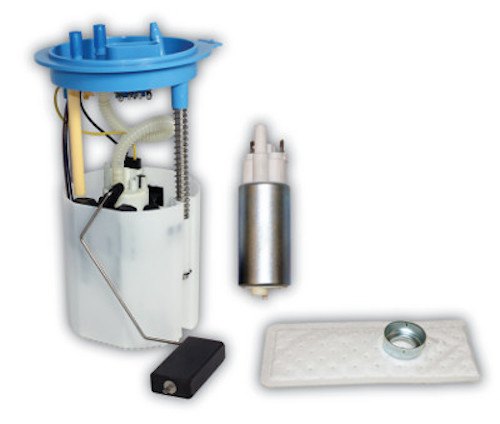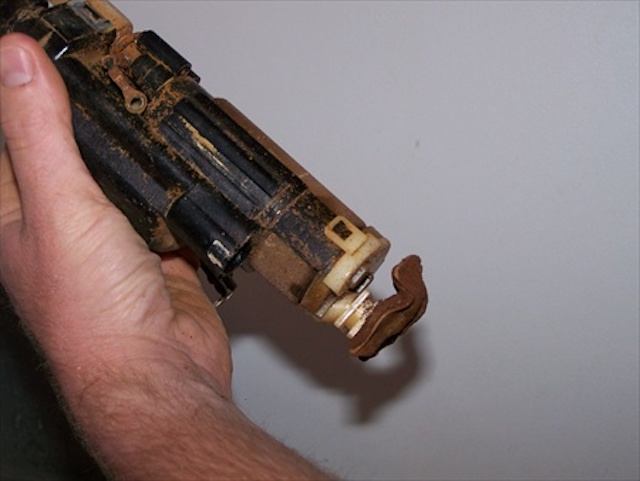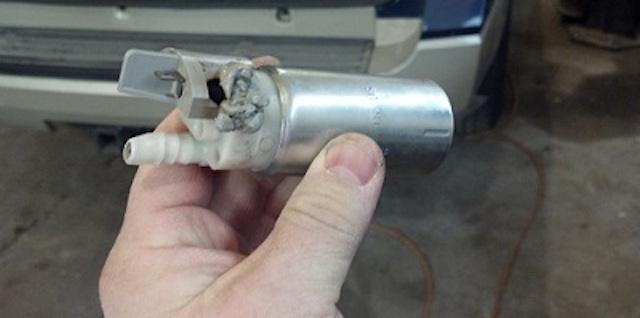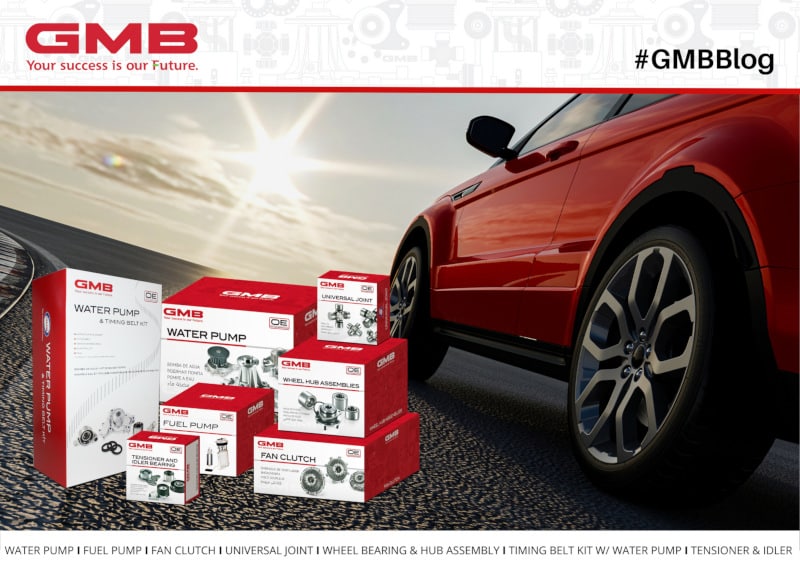How To Explain Fuel Pump Failure To A Customer
This article was originally posted on AftermarketNews.com.
For those who aren’t mechanically inclined, fuel pumps can be mysterious. When many consumers hear the phrase “your fuel pump requires replacement,” a confused and frightened stare is often the response. Throw in a measure of skepticism, and consumers will often refuse a replacement fuel pump against their own interest.
Shops and technicians that have faced this scenario will usually try to explain a fuel pump’s function and failure modes to the consumer. This can be challenging. Here are some strategies for explaining a fuel pump failure to consumers.
First, Address The Biggest Source of Skepticism
Consumers often tend to think of part function in a binary manner – either a part is working, or it isn’t. This is a simplistic – but completely understandable – point of view.
Of course, in the case of fuel pumps, a failing pump often has partial functionality. Depending on the type of pump failure, it’s possible for a pump to operate at less-than optimal capacity for an extended period. Many consumers might not believe that a fuel pump has failed if their car starts and operates as expected, at least until they do “X.”
So, before diving into any explanation, it’s a good idea to explain that fuel pump failures are “tricky.” The consumer should understand that the fuel pump’s job is to do more than just pump fuel into the engine – it also needs to maintain a specific fuel system pressure. Be sure to explain that at lower RPMs, a crippled or damaged fuel pump can often seem fine. Without this explanation, the consumer’s skepticism might cloud their thinking.
Wear On the Pump

The most common reason a pump fails is wear on the pump from improper lubrication or over-use. The best way to explain a failed fuel pump due to wear and tear is to explain what other reasons may have lead to a failed pump:
- Most fuel pumps are lubricated by the fuel in the tank itself. If the consumer operates their vehicle at a low fuel tank level on a regular basis, that can lead to lubrication issues and premature wear
- A failing oxygen sensor is another common cause of premature failure. If the sensor is reading false oxygen levels, it can cause the fuel pump to work harder than anticipated for an extended period. This, in turn, puts more stress on the pump. Many vehicle owners ignore O2 sensor warnings because of bad advice they’ve found online (or even from a well-meaning technician), and suffer a fuel pump failure a short time later.
When explaining these possible causes, it’s wise to speak in a neutral tone and offer a clinical, blame-free explanation. It’s also a good idea to suggest consumers keep their fuel tank level above a quarter of a tank for proper pump lubrication to maximize the life of their replacement fuel pump.
Corrosion of Components

Pump components can corrode, especially if the vehicle sits for long periods of time. This is doubly true if ethanol is present in the fuel.
The corrosion process starts with a little bit of moisture in the fuel in the tank. This water can cause rust to form on any part of a fuel pump that is not fully submerged in fuel, plates, rivets, wires, sensor rods, etc. This rust then flakes off into the fuel supply, clogging and/or damaging the pump mechanism. Ethanol can accelerate this process as it can form an acid under the right conditions.
Contaminated fuel is another source of corrosion and contamination. If the consumer purchases fuel from a filling station that has a contamination problem in their underground fuel tanks, the fuel pump can be the first part to fail.
If a consumer has to leave their vehicle sitting for an extended period, be sure to recommend adding fuel stabilizer to their gas tank. If not, be sure to talk to them about where they buy their fuel.
Electrical Fault

Last but not least, electrical faults and circuit failures can lead to a pump failure. These faults and failures can happen for a variety of reasons, and explaining them to the customer can be complicated.
If details are warranted, share them with the customer. Since these faults may not actually require pump replacement, merely some diagnostics and wiring/clip repair, they can be the easiest to explain without argument from the customer about costs.
It might also be a good idea to reiterate that fuel pumps can fail partially and cause all sorts of problems (stalling or hesitation, poor acceleration) without failing completely.
Conclude With Some Fuel Pump Advice
After explaining the failure of the fuel pump to the consumer, it’s a good idea to talk to them about best practices for maximizing pump lifespan:
- Try not to let the fuel level fall below a quarter of a tank, as that can cause the fuel pump to overheat
- Do not let the vehicle sit unused for more than a few weeks without adding stabilizer to the fuel tank
- Try to buy fuel from a busy filling station – that reduces the odds of getting a “bad” tank of fuel
- Be sure to think of the fuel pump as part of a really big system…if there’s a problem with a bad oxygen sensor, for example, that can cause the pump to fail
Hopefully, with the right approach, a consumer will both approve the repair and walk away with more trust in your expertise and your shop.
MORE CONTENT
Stay current!
Sign up here to get the latest news
and updates on all things GMB.
Sign Up To Receive GMB News & Updates!

